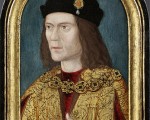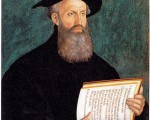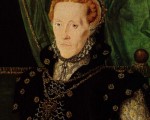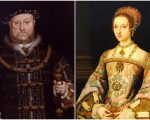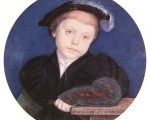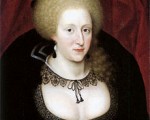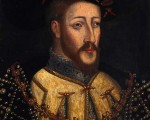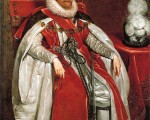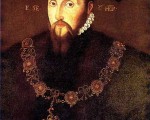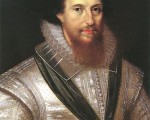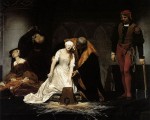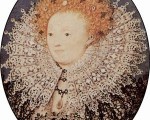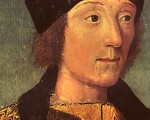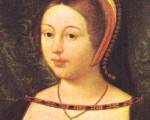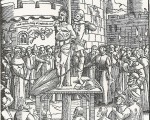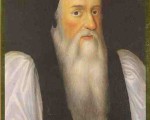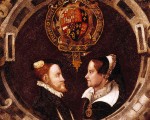On this day in history…
11 September:
1540 – Death of Thomas Kytson (Kitson) the Elder, merchant, Sheriff of London and builder of Hengrave Hall in Suffolk. He died at Hengrave and was buried in the church there.
1561 – Mary, Queen of Scots began her first royal progress, visiting Holyrood Palace, Edinburgh Castle, Linlithgow Palace, Stirling Castle, Kincardine Castle, Leslie Castle, Perth, Dundee, St Andrews, Cupar, Falkland Palace and Edinburgh, between the 11th and 29th September.
1572 – Pope Gregory XIII ordered a joint commemoration for the defeat of the Ottoman troops by the Holy League at the Battle of Lepanto on 7th October 1571, and for the St Bartholomew’s Day Massacre of the Huguenots in France, in August 1572.
1581 – Death of Barnaby Fitzpatrick, 2nd Baron of Upper Ossory, at Dublin, in the home of a surgeon, William Kelly. In his youth, Fitzpatrick had been friends with Prince Edward (future Edward VI) and had been educated with him. He went on to serve his friend, when he became king, as a Gentleman of the Privy Chamber.
1605 – Death of Sir Thomas Tresham the Younger, Catholic recusant politician, at his home, Rushton Hall, in Northamptonshire. He was buried at St Peter’s Church, Rushton.
1613 – Death of Sir John Brograve, lawyer. He was buried at St Mary’s Church, Braughing, Hertfordshire in the Brograve Chapel. Brograve was one of the leading lawyers in the House of Commons in Elizabeth I’s reign.
1614 – Death of Sir Edward Phelips, Elizabeth I’s Sergeant-at-Law and Speaker of the House of Commons in James I’s reign. He died at Rolls House, London, and was buried at St Catherine’s Church, Montacute, Somerset.
[Read More...]



